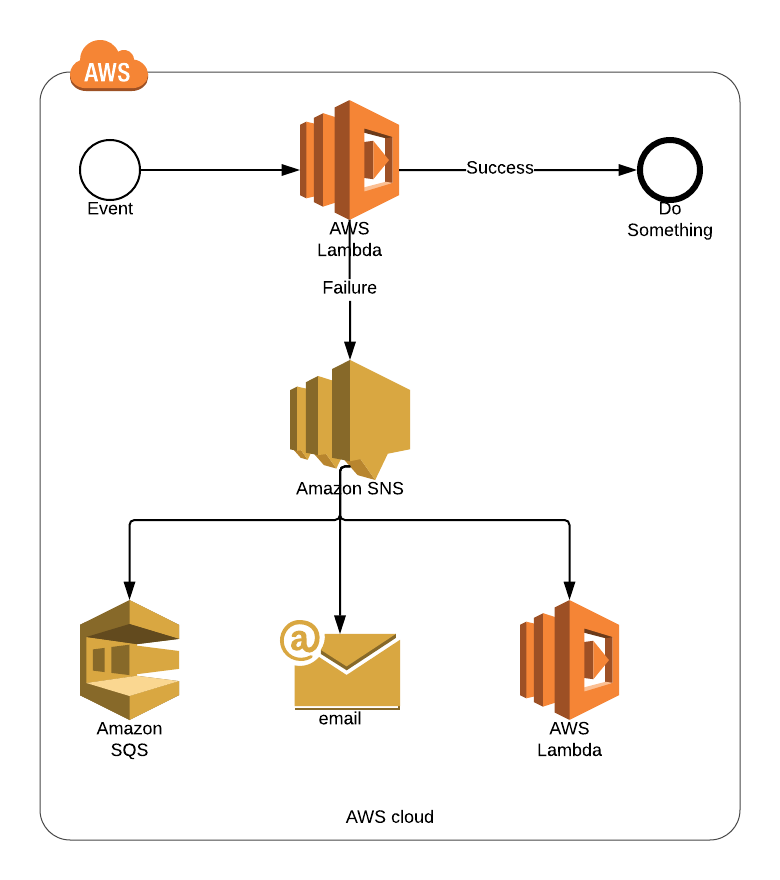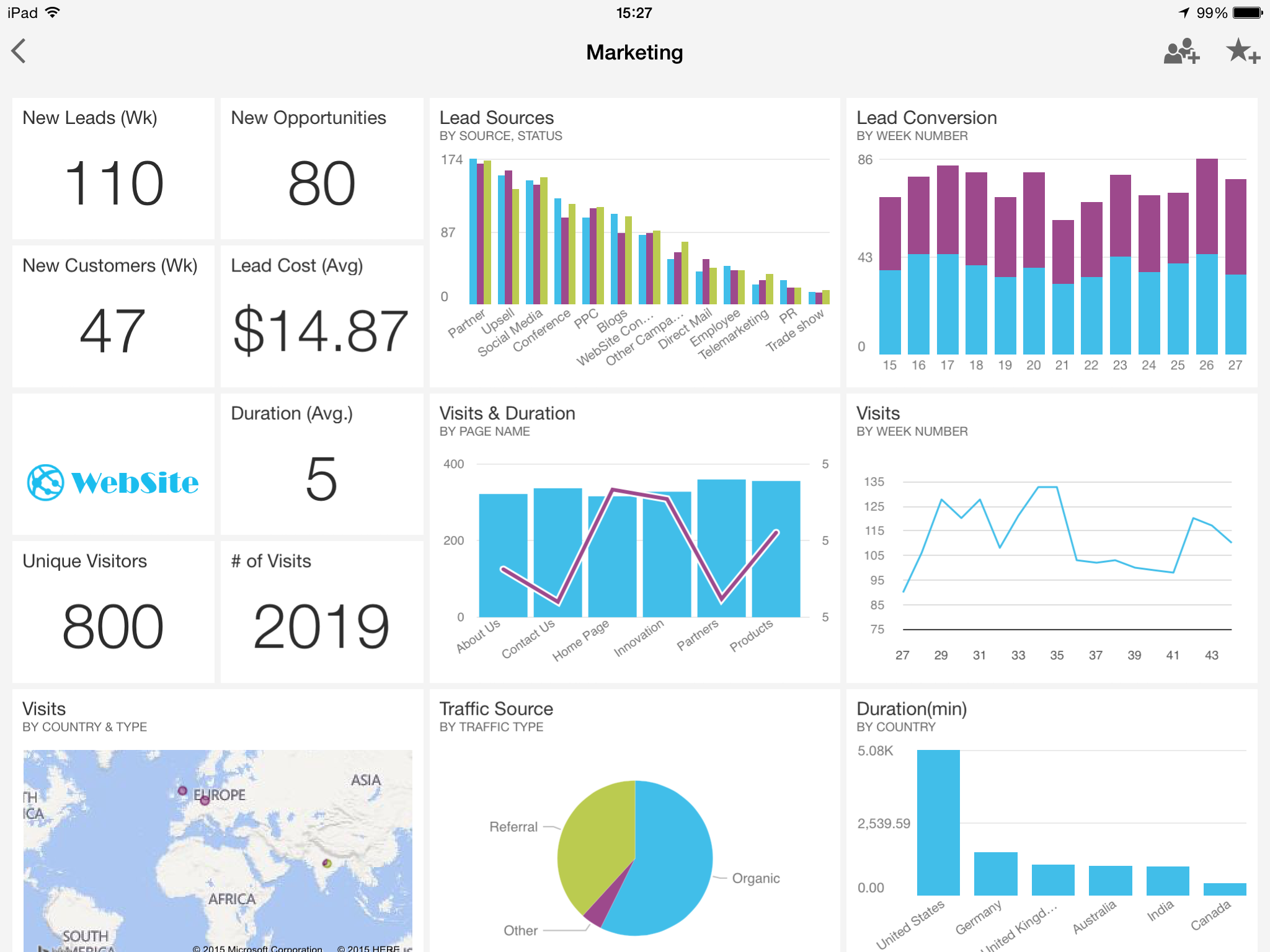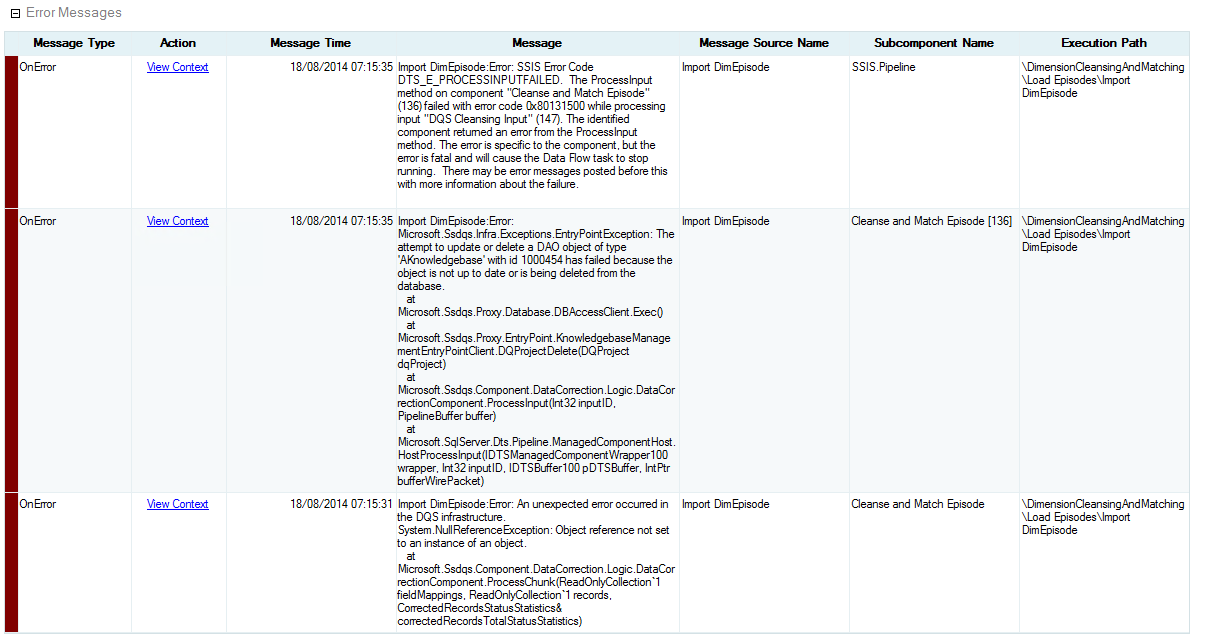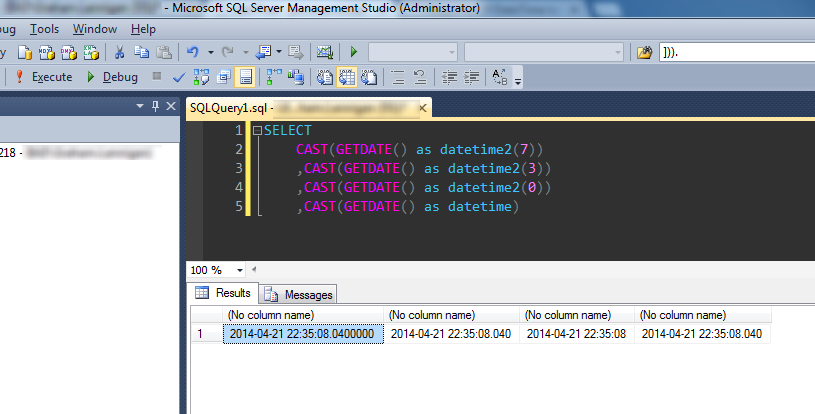
Serverless computing and event-driven functions are what it’s all about at the moment. But what happens when the event trigger fires, and your process then encounters an error? How do you recover from this given the event has since passed and may never happen again? This is a common question in AWS when working with their serverless, event-driven Lambda Functions.
Fortunately, AWS lets you define Dead Letter Queues for this very scenario. This option allows you to designate either an SQS queue or SNS topic as a DLQ, meaning that when your Lambda function fails it will push the incoming event message (and some additional context) onto the specified resource. If it’s SNS you can send out alerts or trigger other services (maybe even a retry of the same function - although watch out for infinite loops), or any combination of the above, given its fanout nature. If it’s SQS you can persist the message and process it with another service.
So let’s look at both options in a little more detail.
read more






